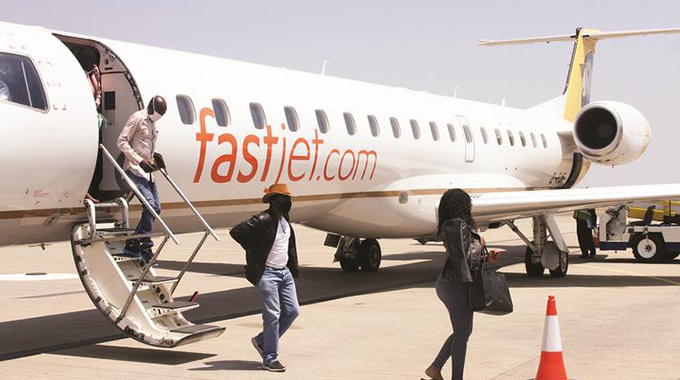Planning key to food security

Ruth Butaumocho
African Agenda
Food insecurity in Africa has remained the continent’s biggest problem, despite its vast agricultural potential.
Save for a few countries, the majority of the African countries have remained net importers for the past three decades, heavily putting a dent on the financial resources they should be using for capital development.
The 2019 Sub-Saharan Africa’s food import bill stood at US$43 billion in 2019, attracting mounting attention in the region, and questions on why Africa cannot produce and feed its own people.
As the region’s population grows and gets richer, the demand for food, especially high-value crops and livestock products, will continue to grow, a development that now requires member countries’ collective response to reduce food deficit in Africa.
Coronavirus has highlighted the need for a more robust and responsive food sustainable system, not only in Africa, but globally, after the pandemic brought a demand mismatch, where people were consuming more than what both the farmers and the industry could produce.
The lockdowns that ran through the major part of 2020 also disrupted trade flows, forcing countries to look within their borders for solutions on feeding their own people.
It is against that background that Africa now needs to build on the food flow disruption to improve on its food production as a long term goal to insulate the continent against food imports and hunger. Outside the natural phenomenon such as droughts, farmers are hyper-aware of the multiple crop varieties, economic trends, and micro-environmental conditions that would help them predict failure or success.
That information, coupled with adequate funding, is what African countries need to improve food security and reduce the food importation bill.
At a country level, investing in different agricultural initiatives is one the quickest and effective ways of creating a solid foundation in food security.
For Zimbabwe, resuscitation and sustenance of agriculture is proving to be a game-changer in food security and propping up productivity, amid indications that the country will this year cut down on its food importation bill after achieving a bumper harvest in the current farming season.
The bumper harvest is coming on the backdrop of the Government’s decision to fund a coterie of farming initiatives as part of its long-term goals to improve food security in the country from the current 45 percent to 100 percent, as the nation strengthens agriculture in line with the aspirations of the National Development Strategy 1.
From the country’s various farming initiatives, including the recently launched Pfumvudza programme where close to 1,8 million households benefited, the country is now enjoying the benefits of proper planning and investment in agriculture.
Recent maize projections by the Grain Marketing Board, where it is expecting to receive more than 3,1 million tonnes of maize this season, a surplus of 1,2 million tonnes after all local demand including that of the farmers is met, clearly puts the country on a positive trajectory on food security.
In a recent post on social media platform Twitter, President Mnangagwa said: “In 2017, f5 percent of stock in Zimbabwe’s supermarkets was locally manufactured. Today, 45 percent of our supermarket supplies are proudly made in Zimbabwe. The worst of our economic woes are now behind us. Zimbabwe shall rise once again! With the key agricultural sector on the rebound, thanks to good rains.”
As a result of good harvests, the country will save up to US$40 million every month, which it can use to prop up other areas such as energy, education and infrastructural development.
However, such feat will need to be sustained by policies that look at close monitoring and support of agricultural projects, encourage diverse production, invest in water sources and improved farming techniques.
Improved farming technologies, and shorter supply chain production become key elements in this shift, while food distributors that can respond to the need for convenience, as well as the demand for fresh and nutritious food get the necessary support from the Government.
The paradigm shift calls for the nation to produce more of what we are good at, such as maize, export the excess and buy what we are not yet capable of producing in large quantities.
As the nation revels on this year’s good farming season, we need to start planning for future harvests, to ensure that the country edges closer to become a food exporter after years of relying on imports. For Zimbabwe, resuscitation and sustenance of agriculture is key in ensuring food security and propping up productivity because of the downstream effect that agriculture has.
With the world population expected to swell by two billion over the next three decades, Zimbabwe has an opportunity to step up and become a major global food production hub, to feed the local market and the region at large.
The bumper harvest sitting on the country’s door step is not a novel experience, Zimbabwe has done it before.
With the right agricultural policies and the right attitude and expertise of the farmers, the country can produce more and restore its status as a major food producing country in Africa.
The soils are wet and the dams are bursting their seams with enough water to get the country to the next rainy season.









Comments